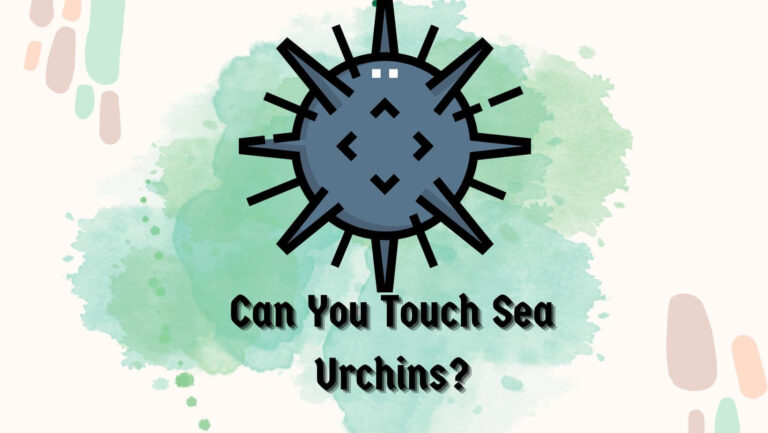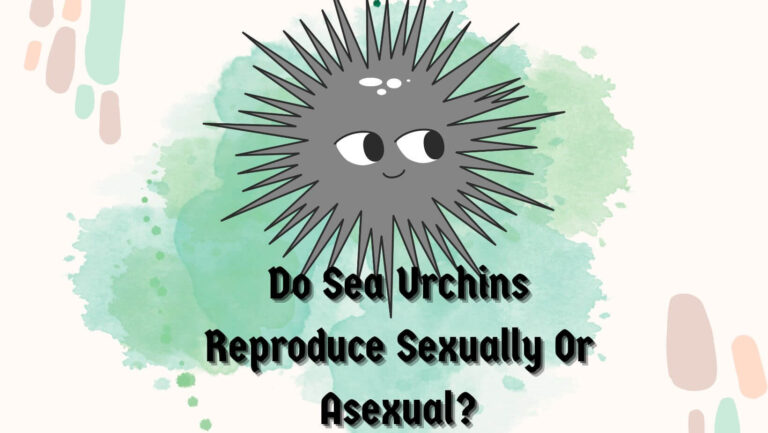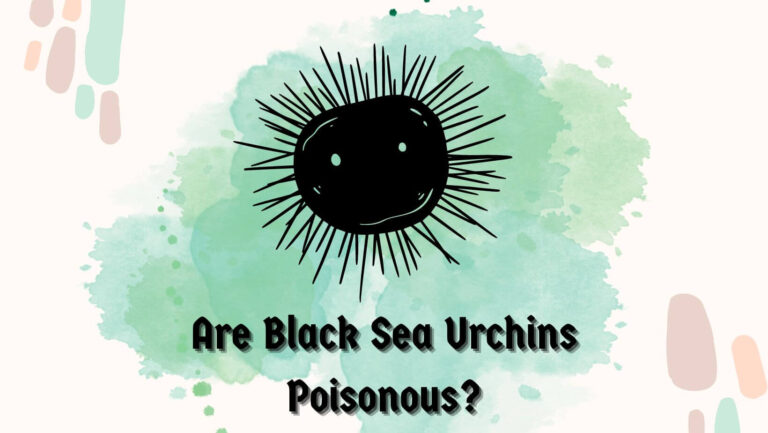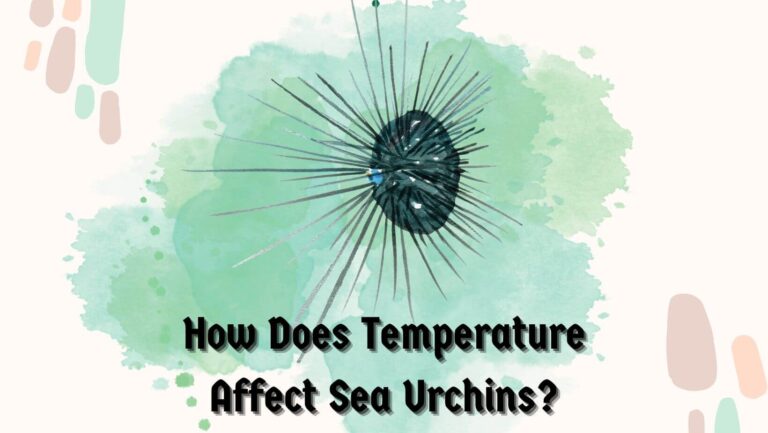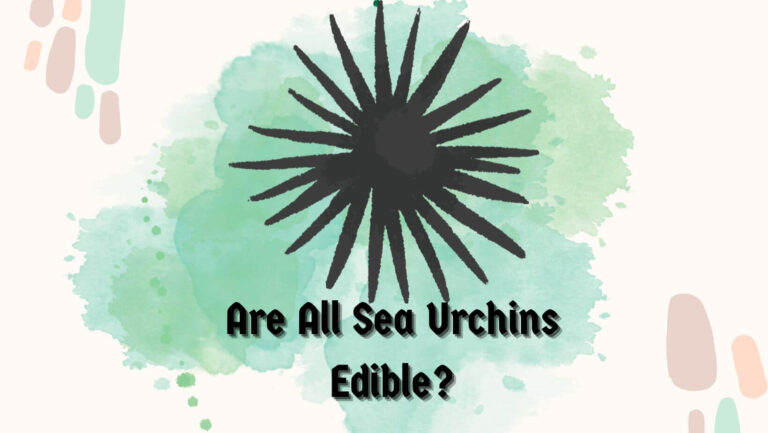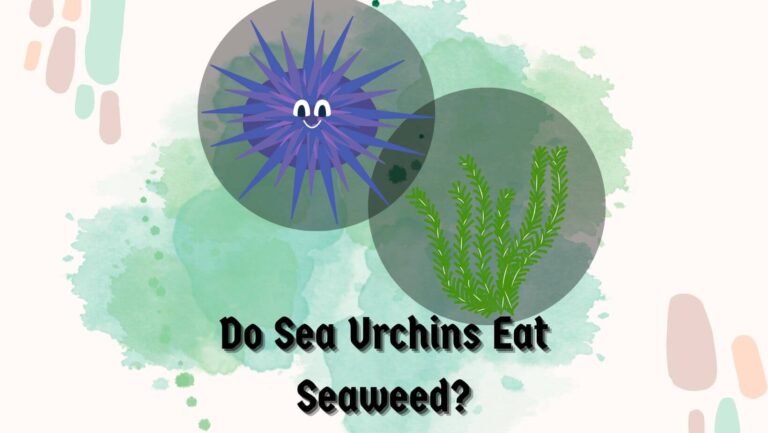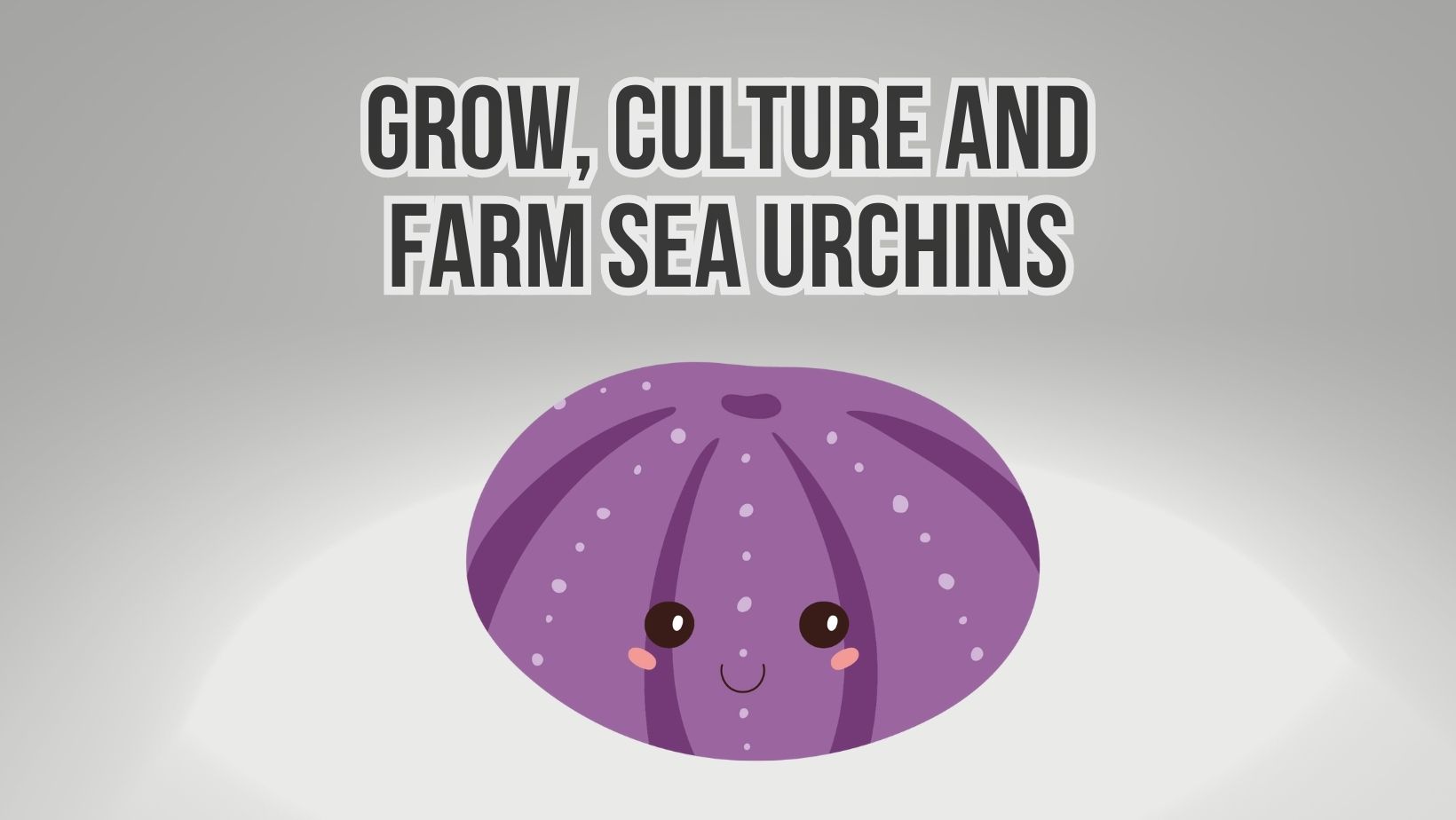
Sea urchin farming, also known as sea urchin aquaculture or mariculture, is the practice of cultivating sea urchins in controlled environments for various purposes. Sea urchin farming has gained popularity due to the high demand for their edible roe (uni) and the need for sustainable seafood production.
Here’s an overview of sea urchin farming:
Broodstock Acquisition: The first step in sea urchin farming is obtaining healthy broodstock, which refers to sexually mature sea urchins. Broodstock can be collected from the wild or obtained from established sea urchin hatcheries. Care is taken to ensure that the broodstock is disease-free and of high quality.
Spawning and Larval Rearing: In sea urchin farming, the broodstock is induced to release eggs and sperm through various methods such as temperature manipulation or hormone treatments. The eggs and sperm are then fertilized, and the resulting embryos develop into larvae. The larvae require specific environmental conditions, such as temperature and water quality, to grow and develop.
Larval Feeding: Sea urchin larvae feed on microscopic planktonic organisms. Commercial sea urchin hatcheries often culture these microorganisms to provide a suitable food source for the larvae. The larvae are carefully monitored and fed the appropriate diet to ensure their healthy growth.
Settlement and Juvenile Rearing: As the sea urchin larvae develop, they go through a process called settlement, where they attach themselves to a suitable substrate. Once settled, the larvae undergo metamorphosis and transform into juvenile sea urchins. The juveniles are then reared in controlled systems, such as tanks or raceways, with appropriate water conditions and feed.
Grow-out and Harvesting: The juvenile sea urchins are grown to marketable size through a process known as grow-out. They are typically provided with an appropriate diet, which may include cultured algae or seaweed. The sea urchins are regularly monitored for growth, health, and quality. Once they reach the desired size, they are harvested by hand-picking or using gentle collection methods.
Processing and Distribution: After harvest, the sea urchins are processed to extract the roe (uni) or prepared as whole specimens. The roe is cleaned, graded, and packaged for distribution to seafood markets, restaurants, and other buyers.
Can You Farm Sea Urchin At Home?
While it is technically possible to attempt sea urchin farming at home, it can be challenging and requires specific knowledge, resources, and expertise. Here are some considerations if you’re interested in farming sea urchins at home:
- Legal and Regulatory Requirements: Before starting any aquaculture activity, it is essential to research and comply with local regulations and permits related to sea urchin farming. Certain jurisdictions may have restrictions or requirements for farming marine species.
- Suitable Environment: Sea urchins have specific environmental requirements for their growth and development. They need a controlled marine environment with proper water quality, temperature, salinity, and food availability. Creating and maintaining such an environment at home can be complex and costly.
- Space and Infrastructure: Sea urchin farming requires sufficient space and appropriate infrastructure. You would need tanks or raceways that provide adequate water flow, filtration, and aeration. The setup should also support the settlement of larvae and allow for their growth to marketable size.
- Broodstock and Larval Rearing: Acquiring healthy broodstock and successfully inducing spawning can be challenging without specialized equipment and expertise. Additionally, larval rearing is a delicate process that requires specific techniques and the ability to provide suitable food sources for the larvae.
- Feeding and Nutrition: Sea urchins have specific dietary requirements, and providing the appropriate food sources can be challenging. Culturing the necessary microorganisms or providing suitable feed options can require expertise and resources that may not be readily available for home-scale operations.
- Expertise and Experience: Successful sea urchin farming relies on a deep understanding of their biology, behavior, and optimal farming practices. Acquiring the necessary knowledge and experience can take time and involve a learning curve.
Sea Urchin Farming Industry
The sea urchin farming industry has been gaining significant attention in recent years due to the high demand for sea urchin roe, also known as uni, in the culinary world. Sea urchins are echinoderms that inhabit the ocean floor, and their roe is considered a delicacy in many cuisines, particularly in Japanese and Mediterranean dishes. In this article, we will explore the process of catching and growing sea urchins, as well as the strategies involved in their cultivation and the overall concept of sea urchin aquaculture.
How to Catch Sea Urchin Safely?
Catching sea urchins requires some specific tools and techniques to ensure a successful harvest. The following are the essential steps and considerations involved in catching sea urchins:
- Tools and equipment needed for sea urchin harvesting: To catch sea urchins, you will need a few essential tools such as a sturdy pair of gloves, a snorkel or diving equipment, a mesh bag or container, and a small rake or tongs for gently prying the sea urchins off the rocks or seafloor.
- Techniques for catching sea urchins: When approaching a sea urchin, it’s important to handle it with care to avoid injury. First, identify a sea urchin that is suitable for harvest by checking the quality of its roe. Then, gently grasp the sea urchin using your gloves or a tool and place it into the mesh bag or container. Avoid damaging the spines or the delicate roe during the process.
How to Grow Sea Urchin?
If you’re interested in cultivating sea urchins, here are the steps involved in growing them:
- Selecting suitable sea urchin species for farming: Different species of sea urchins have varying requirements and growth rates. Choose a species that is well-suited for the environmental conditions in your area and has a market demand for its roe.
- Setting up a sea urchin farm: Sea urchins can be farmed in coastal waters or land-based systems. If you opt for coastal farming, you will need access to a suitable marine site with the right water conditions. For land-based systems, you will require tanks or raceways with controlled water quality parameters.
- Water quality management for sea urchin cultivation: Sea urchins are sensitive to changes in water quality, so it’s crucial to monitor and maintain suitable conditions. Factors such as temperature, salinity, dissolved oxygen, and pH should be regularly monitored and adjusted as needed.
Sea Urchin Growout Strategies
To ensure optimal growth and productivity in sea urchin farming, consider the following strategies:
- Feeding and nutrition for sea urchins: Sea urchins feed on macroalgae and other organic matter. Provide a suitable diet that meets their nutritional requirements. Some farmers also use formulated feeds to supplement natural food sources.
- Disease prevention and management in sea urchin farming: Like any aquaculture operation, sea urchin farms are susceptible to diseases and infections. Implement proper biosecurity measures, maintain good water quality, and regularly monitor the health of your sea urchins. Quarantine newly acquired sea urchins to prevent the introduction of pathogens.
- Harvesting and processing sea urchins: Sea urchins are typically harvested when they reach the desired marketable size. Carefully remove them from the farm or growing system, ensuring minimal stress and damage. Once harvested, the sea urchins can be processed and the roe extracted for sale or further processing.
Sea Urchin Aquaculture
Sea urchin aquaculture presents several benefits and challenges:
- The benefits of sea urchin aquaculture: Sea urchin farming can provide a sustainable source of high-value seafood, reduce pressure on wild stocks, and create economic opportunities for coastal communities. It also allows for the production of consistent quality roe throughout the year.
- Environmental considerations in sea urchin farming: It’s important to consider the potential environmental impacts of sea urchin aquaculture. Proper site selection, monitoring of water quality, and minimizing waste and nutrient inputs are crucial to ensure sustainable practices.
FAQs
- What are the different species of sea urchins used in aquaculture? There are several sea urchin species cultivated for aquaculture, including the green sea urchin (Strongylocentrotus droebachiensis) and the purple sea urchin (Strongylocentrotus purpuratus).
- How long does it take for sea urchins to reach marketable size? The time it takes for sea urchins to reach marketable size can vary depending on the species, environmental conditions, and feeding strategies. It can range from several months to a couple of years.
- Are there any specific regulations for sea urchin farming? Regulations for sea urchin farming can vary by region. It’s important to check with local authorities and obtain the necessary permits and licenses before starting a sea urchin farming operation.
- Can sea urchin farming be done in land-based systems? Yes, sea urchin farming can be conducted in land-based systems such as tanks or raceways. These systems provide better control over water quality parameters and can be suitable for areas where coastal farming is not feasible.
- What are the potential markets for sea urchin products? Sea urchin roe, or uni, is highly sought after in the culinary industry. It is used in sushi, sashimi, pasta, and other gourmet dishes. Potential markets include restaurants, seafood markets, and specialty food stores.
sUMMARY
Sea urchin farming provides several benefits, including reduced pressure on wild populations, controlled production, and improved quality and consistency of the product. It also allows for the year-round availability of sea urchins, overcoming seasonal variations in wild harvests. Sustainable farming practices, proper water management, and disease prevention are crucial for successful sea urchin farming operations.

